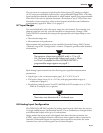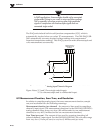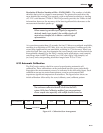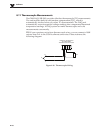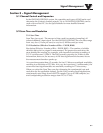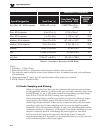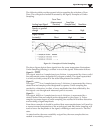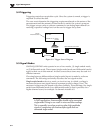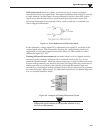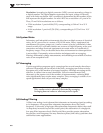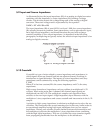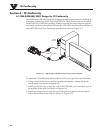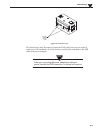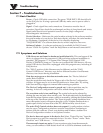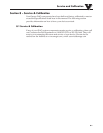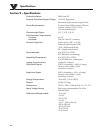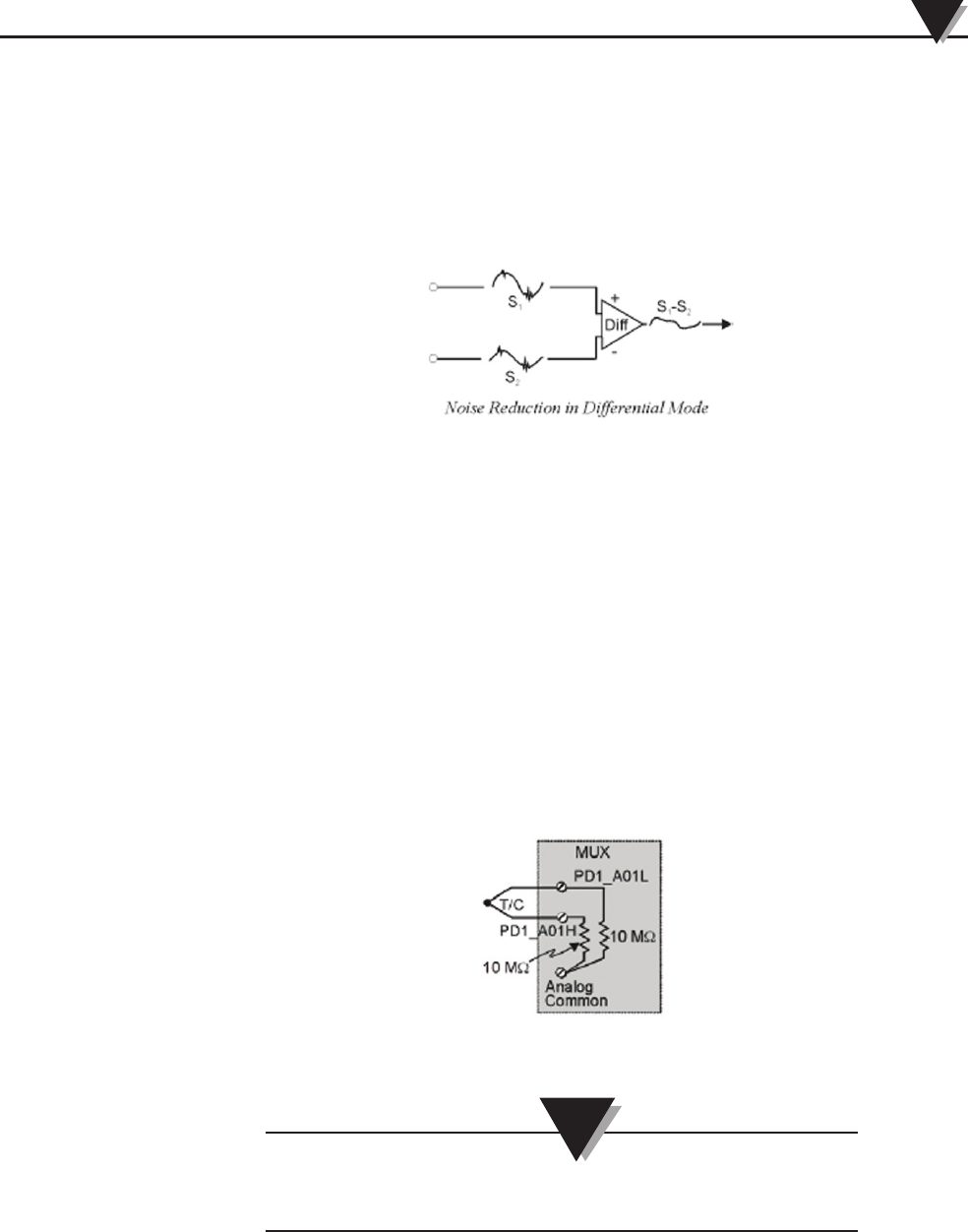
Differential mode refers to a mode, or circuit set-up, in which a voltage is
measured between two signal lines. The measured differential voltage is used for
a single channel. An advantage of using differential inputs is that they reduce
signal errors and the induction of noise resulting from ground current. The
following illustration is an example of how noise is reduced, or canceled-out,
when using the differential
Figure 5-3. Noise Reduction in Differential Mode
In the schematic, voltage signal S2 is subtracted from signal S1, resulting in the
output signal shown. The noise spikes (having the same polarity, phase, and
magnitude in each input signal) cancel each other out. This results in a clean
differential signal (S1 - S2).
Floating-differential measurements are made when low-level signals must be
measured in the presence of high levels of common-mode noise (e.g., a non-
grounded thermocouple). When the signal source has no direct connection to the
system analog common, one must be provided. In Omega Daq the connection to
analog common is provided in the circuitry with both the channel high and
channel low connected to analog common. Both of these connections to common
are made through 1 MΩ resistors. No additional connections of channel high and
low to common should be made.
Figure 5-4. Example of Floating Differential Circuit
Differential signal hookups do not provide isolation or any
kind of circuit protection.
Signal Management
5
5-5
NOTE:



